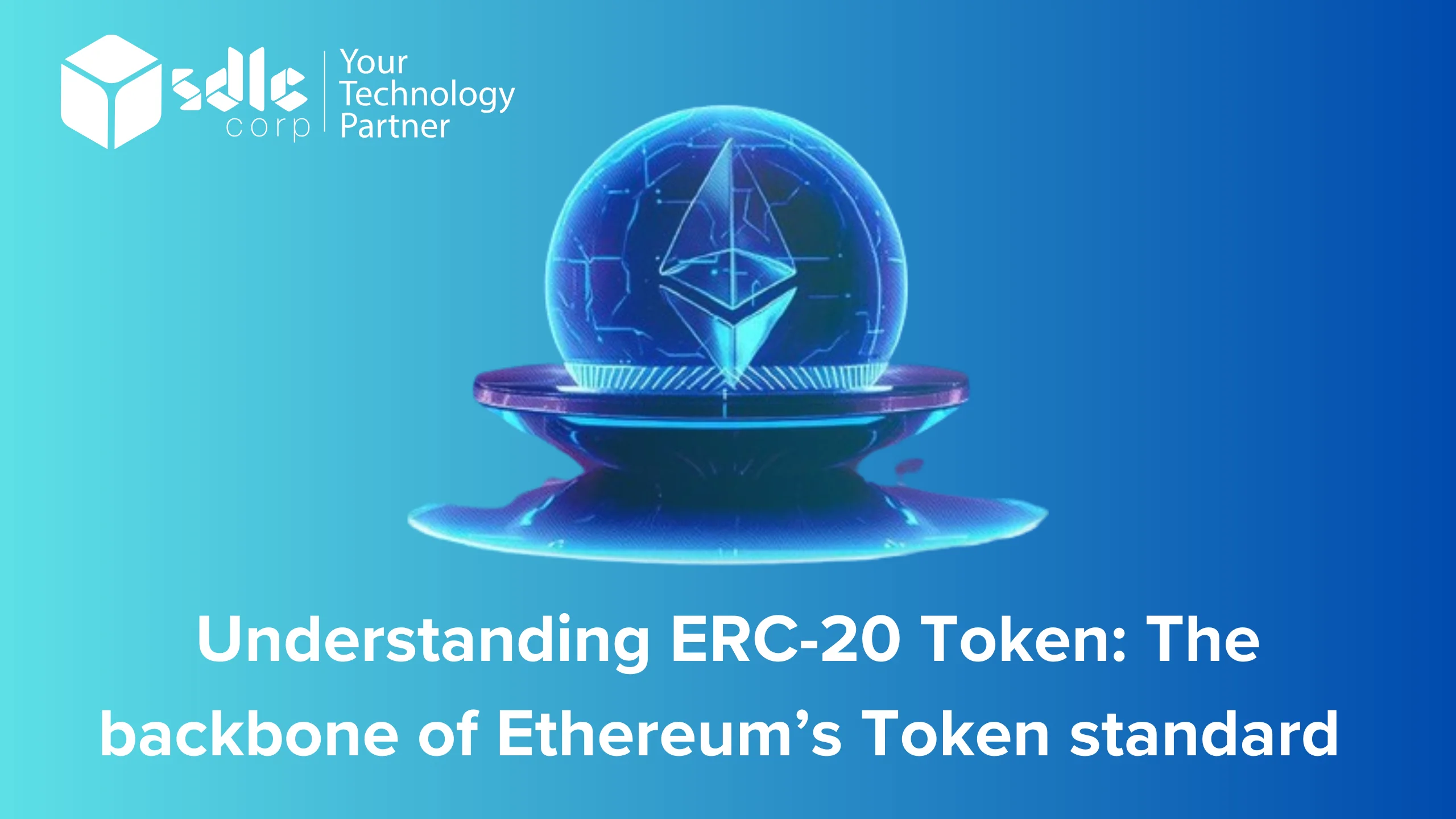The Unseen Backbone Of Ethereum: Unraveling The Mystery Of ERC-20 Tokens
The Unseen Backbone of Ethereum: Unraveling the Mystery of ERC-20 Tokens

- The Benefits Of Using Blockchain For Transparent Voting Systems
- What Are The Best Crypto Projects To Watch In 2024
- Opening The Doors To Seamless Transactions: Unraveling Cryptocurrency Liquidity
- The Cryptocurrency Puzzle: Unraveling The Mystery Of Tokenomics
- The Role Of Stablecoins In Cryptocurrency Markets
Imagine a world where creating and trading digital assets is as seamless as sending an email. Welcome to the realm of ERC-20 tokens, the unsung heroes of the Ethereum ecosystem. In this article, we’ll delve into the fascinating world of these tokens, exploring their history, mechanics, and significance in the ever-evolving landscape of cryptocurrency and blockchain.
A Brief History of ERC-20
In 2015, Vitalik Buterin, the founder of Ethereum, introduced the concept of token standards. This led to the development of the ERC-20 standard, which enables the creation of fungible tokens on the Ethereum blockchain. ERC-20 tokens are named after the Ethereum Request for Comments (ERC) document number 20. Since its inception, the standard has undergone revisions, with the current version being the most widely adopted.
What are ERC-20 Tokens?
ERC-20 tokens are a type of digital asset that runs on the Ethereum blockchain. They are created using smart contracts, self-executing contracts with the terms of the agreement written directly into code. This allows for the automation of various processes, including token issuance, transfer, and burning. ERC-20 tokens can represent a wide range of assets, such as:
- Digital currencies
- Utility tokens
- Security tokens
- Non-fungible tokens (NFTs)
Key Characteristics of ERC-20 Tokens
ERC-20 tokens share several key characteristics that make them unique and efficient:
- Fungibility: ERC-20 tokens are interchangeable, meaning that one token is equivalent to another of the same type.
- Standardization: The ERC-20 standard ensures that all tokens conform to a specific set of rules, making it easier for developers to create and integrate new tokens.
- Smart contracts: ERC-20 tokens rely on smart contracts to manage their creation, allocation, and transfer.
- Interoperability: ERC-20 tokens can be easily traded on various exchanges and wallets that support the Ethereum blockchain.
Use Cases for ERC-20 Tokens
The versatility of ERC-20 tokens has led to their widespread adoption in various industries, including:
- Decentralized Finance (DeFi): ERC-20 tokens are used to represent assets, such as lending and borrowing instruments, in DeFi applications.
- Gaming: Tokens can be used to reward players, create in-game economies, or represent virtual assets.
- Initial Coin Offerings (ICOs): ERC-20 tokens are often used in ICOs to raise funds for new projects or companies.
- Supply Chain Management: Tokens can represent goods, services, or data in supply chain management systems.
Benefits and Challenges of ERC-20 Tokens
While ERC-20 tokens have revolutionized the world of digital assets, there are both benefits and challenges to consider:
